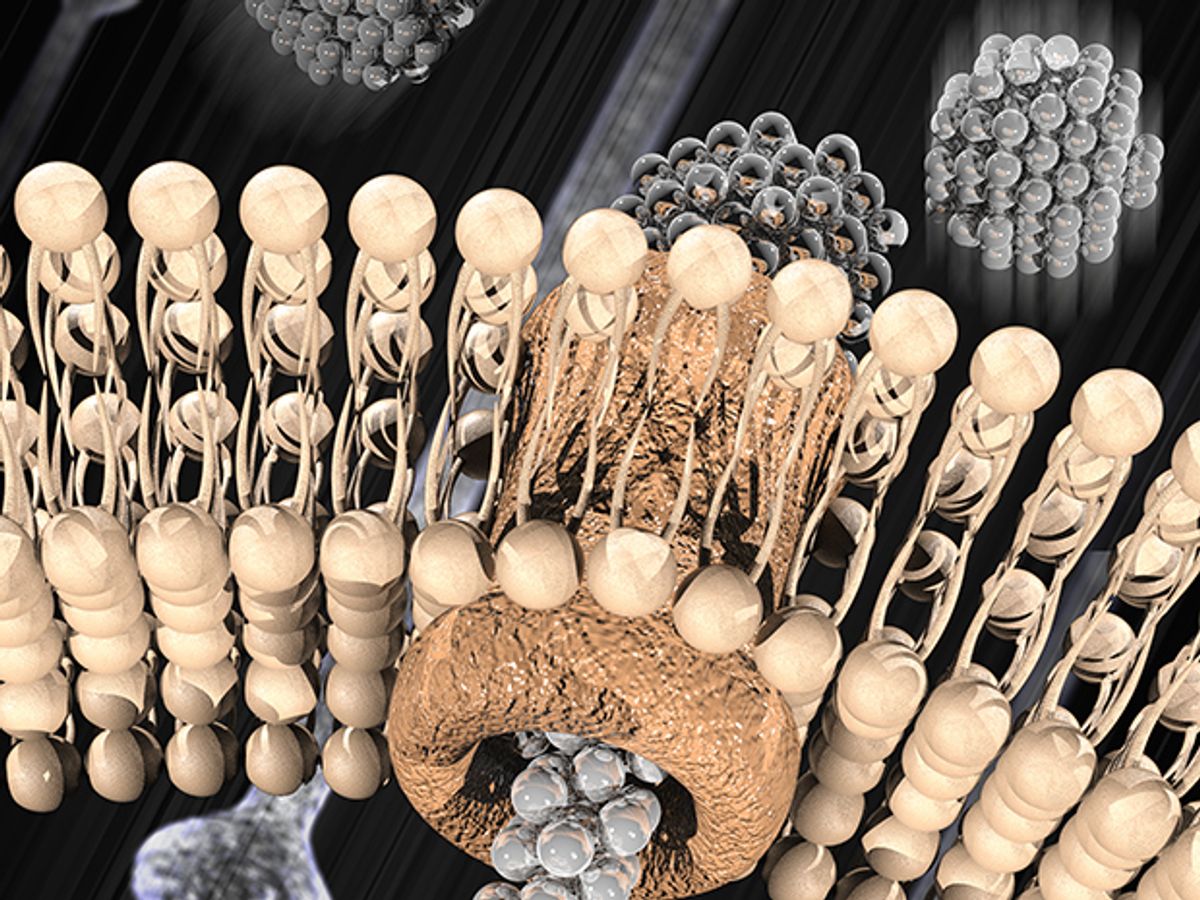
To a human brain, picking one particular image out of a thousand is an easy task. Billions of neurons and the synapses that connect them can quickly process information in parallel to make a decision. Seeking to make such processing that easy for machines, scientists and engineers have been working with devices called memristors, which have some similar behaviors to neural synapses. Engineers at the University of Massachusetts report this week that they’ve invented a memristor circuit that matches a synapses’ behavior more closely than any before.
First predicted in 1971 and invented in 2008 by HP, memristors are so named because they remember how much voltage you applied across the device and how long you applied it, storing the information as a change in resistance. HP engineers noticed immediately that such a characteristic was similar to the way the synaptic connection between neurons strengthens with use to form a memory.
Memristors are “kind of the ideal candidate in many aspect” says Jianhua Yang, an electrical engineer at the University of Massachusetts Amherst working on improving their behavior. Low-power, simple circuits of memristors could improve the ability of computers to solve power-intensive computer vision and machine learning tasks that human brains handle with little effort.
In research published in Nature Materials on 26 September, Yang and his team mimicked a crucial underlying component of how synaptic connections get stronger or weaker: the flow of calcium.
The movement of calcium into or out of the neuronal membrane, neuroscientists have found, directly affects the connection. Chemical processes move the calcium in and out— triggering a long-term change in the synapses’ strength. 2015 research in ACS NanoLetters and Advanced Functional Materials discovered that types of memristors can simulate some of the calcium behavior, but not all.
In the new research, Yang combined two types of memristors in series to create an artificial synapse. The hybrid device more closely mimics biological synapse behavior—the calcium flow in particular, Yang says.
The new memristor used--called a diffusive memristor because atoms in the resistive material move even without an applied voltage when the device is in the high resistance state—was a dielectic film sandwiched between Pt or Au electrodes. The film contained Ag nanoparticles, which would play the role of calcium in the experiments.
By tracking the movement of the silver nanoparticles inside the diffusive memristor, the researchers noticed a striking similarity to how calcium functions in biological systems.
A voltage pulse to the hybrid device drove silver into the gap between the diffusive memristor’s two electrodes–creating a filament bridge. After the pulse died away, the filament started to break and the silver moved back— resistance increased.
Like the case with calcium, a force made silver go in and a force made silver go out.
To complete the artificial synapse, the researchers connected the diffusive memristor in series to another type of memristor that had been studied before.
When presented with a sequence of voltage pulses with particular timing, the artificial synapse showed the kind of long-term strengthening behavior a real synapse would, according to the researchers. “We think it is sort of a real emulation, rather than simulation because they have the physical similarity,” Yang says.
He says the next step is to better understand the mechanisms. Then, his team plans to combine the artificial synapses into arrays and eventually build bio-inspired circuits.
“We can have a more direct, more natural, and a more complete emulation to the synaptic system using the silver-based system,” he says.



